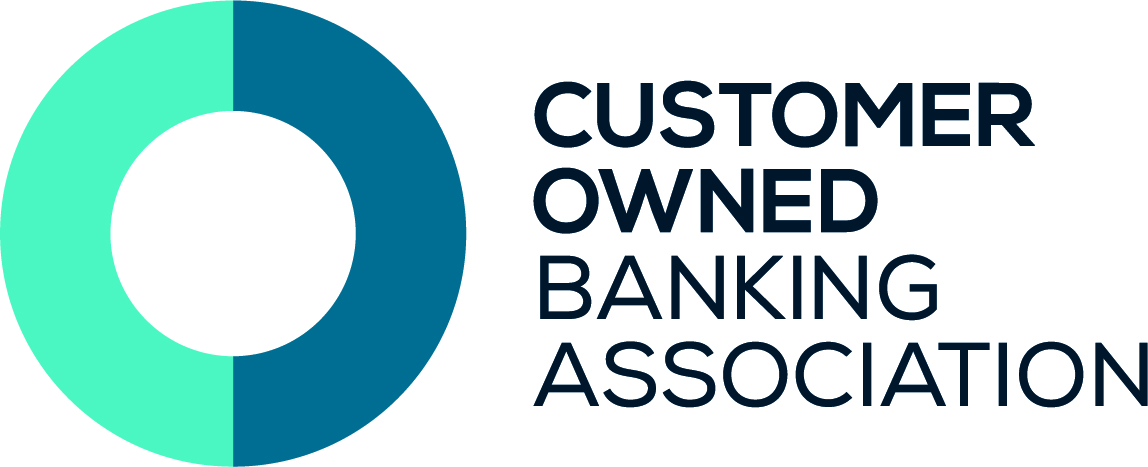Cybersecurity: A Shared Responsibility
2020-09-22This post is provided by the Customer Owned Banking Association (COBA), World Council's direct member organization in Australia.
By 2023 there will be 29.3 billion internet connected devices on the planet – which is three times the global population. Cybersecurity has become a focal point of the banking sector. What does the future hold?
In the wake of cyber-attacks on Australian government and businesses in late June, our population rapidly shifted to remote working, shopping and interacting during the pandemic. For COBA, this brought a renewed focus on protecting the interests of Australians by working closely with the customer owned banking sector and other stakeholders at the forefront of cybersecurity.
While this issue has emerged recently in the public eye, COBA has spent almost 20 years working hand-in-hand with government and law enforcement agencies.
“We have come a long way since embarking on the association’s first formal partnership with the AFP's Australian High Tech Crime Centre in 2003. Having navigated key challenges from early internet banking to today’s sophisticated cybersecurity challenges, we recognize the pivotal importance of the 2020 Cyber Security Strategy package and our role in helping guide thinking within this network of stakeholders," said Leanne Vale, Director of Financial Crimes at COBA. “A key aspect of thought leadership is to consider the technical, social and human dimensions of cybersecurity. Over the coming decade, the federal government’s $1.35 billion Cyber Enhanced Situational Awareness and Response (CESAR) package will represent the frontline of our national capabilities. Effective partnering is at the core of CESAR. Our sector was there at the launch of the first joint cyber security centre (JCSC) signaling a new era of partnership. Funding to uplift Australian Cybersecurity Centres and Joint Cyber Security Centres nationally will see us forge deeper relationships with agencies on threat intelligence.”
Blocking cyber threats before they reach our shores will also prove vital.
“Investment in infrastructure such as Telstra Clean Pipes will see millions of cyber threats blocked at the network junctures before causing damage to ordinary Australians struggling to work, study and stay connected. Given the massive rise of devices in the world, we welcome the government’s recent introduction of a voluntary Internet of Things Code of Practice to help consumers make informed purchasing decisions," said Vale.
With the customer owned banking sector representing 4.5 million Australians, COBA is committed to harnessing members for a collective outcome, from better educating customers on cyber vulnerabilities, through to nurturing skills in business communities.
“As we move beyond 2020, we note the impact the current global shortage of Cybersecurity experts will have on all Australian businesses," said Vale. "We look forward to seeing what opportunities COBA can leverage for our members in growing a cyber-skilled workforce with initiatives such as introduction of a Cyber Security National Workforce Growth Program.”
